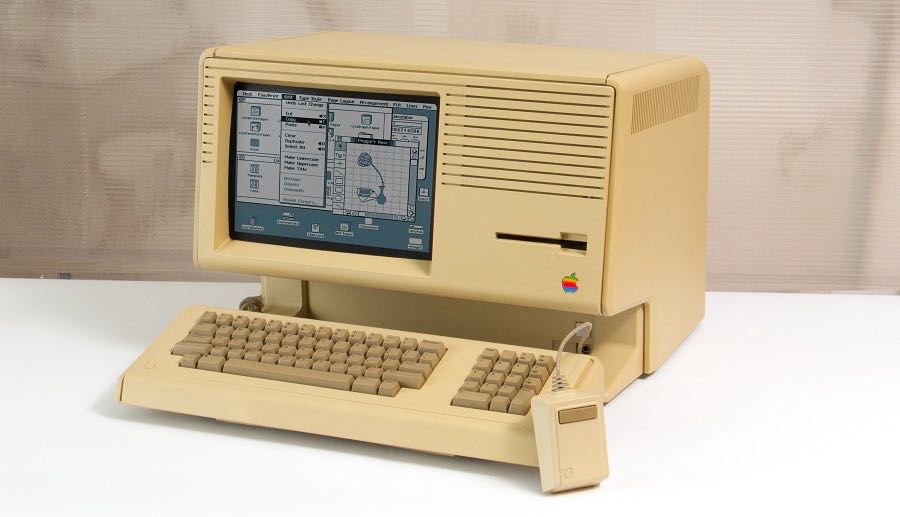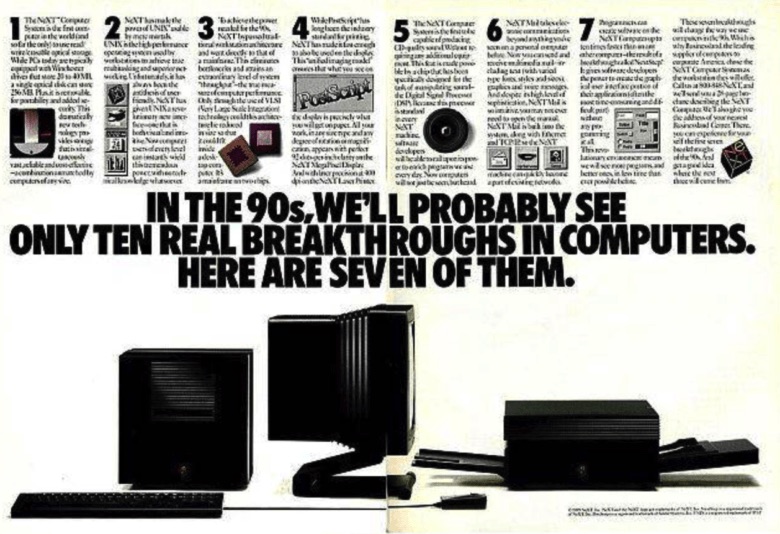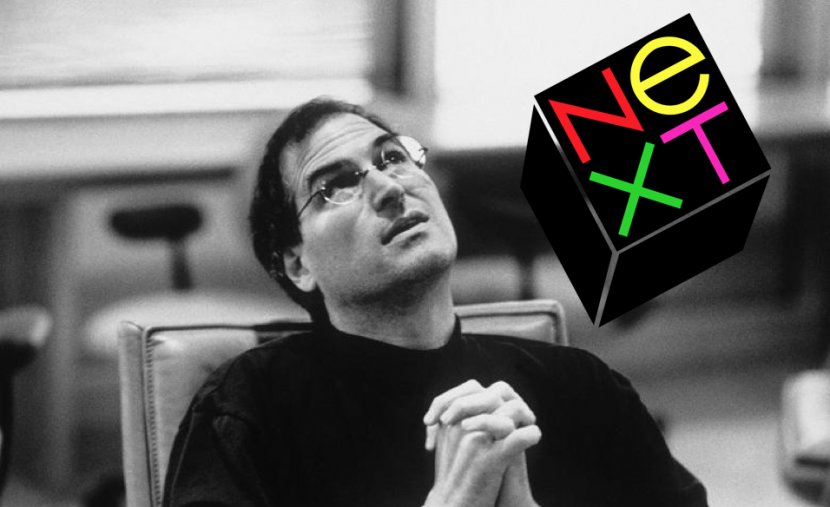The year 1985 was significant both for Apple and for its founder Steve Jobs. The company had been simmering for some time by then, and strained relations eventually resulted in Jobs' departure from the company. One of the reasons was disagreements with John Sculley, whom Jobs once brought to Apple from the Pepsi company. Speculation that Jobs was hell-bent on building a serious competitor for Apple was not long in coming, and after a few weeks it actually happened. Jobs officially left Apple on September 16, 1985.
Three years after Jobs' departure from Apple, preparations began in NeXT for the release of the NeXT Computer - a powerful computer that was supposed to strengthen the reputation of Jobs' company and his reputation as a technological genius. Of course, NeXT Computer was also intended to compete with the computers produced by Apple at the time.
Receiving the new machine from the NeXT workshop was entirely positive. The media raced to report on what the then thirty-three-year-old Jobs was working on and what he planned for the future. In one day, celebratory articles were published in the renowned magazines Newsweek and Time. One of the articles was headlined "Soul of the Next Machine", paraphrasing the title of Tracy Kidder's book "The Soul of a New Machine", the headline of the other article was simply "Steve Jobs Returns".
Among other things, the newly released machine was supposed to show whether Jobs' company is capable of bringing another groundbreaking piece of computing technology to the world. The first two were the Apple II and the Macintosh. This time, however, Jobs had to do without Apple co-founder Steve Wozniak and graphical user interface experts from Xerox PARC.
It could be interest you

NeXT Computer really didn't have an advantageous starting position. Jobs had to invest a significant part of his own funds in the company, and just creating the company's logo cost him a respectable hundred thousand dollars. Thanks to his extreme perfectionism, Jobs was not going to settle for less even in the early days of the company and was not going to do anything half-heartedly.
"Jobs has much more at stake than the $12 million he invested in NeXT," Newsweek magazine wrote at the time, noting that the new company also had the task of rebuilding Steve's reputation. Some skeptics considered Jobs' success at Apple to be a mere coincidence, and called him more of a showman. In its article at the time, Newsweek further pointed out that the world tends to perceive Jobs as an immensely talented and charming, but arrogant "tech punk", and that NeXT is an opportunity for him to prove his maturity and show himself as a serious computer manufacturer capable of running a company.
The editor of Time magazine, Philip Elmer-Dewitt, in connection with NeXT Computer, pointed out that powerful hardware and an impressive appearance are not enough for the success of a computer. "The most successful machines are also equipped with an emotional element, something that connects the tools in the computer with the whims of its user," his article said. "Perhaps no one understands this better than Steve Jobs, co-founder of Apple Computer and the man who made the personal computer a part of the home."
The aforementioned articles are actually proof that Jobs' new computer was able to create a stir before it even saw the light of day. The computers that eventually came out of the NeXT workshop - whether it was the NeXT Computer or the NeXT Cube - were really good. The quality, which in some ways was ahead of its time, but the price also corresponded, and it eventually became a stumbling block for NeXT.
NeXT was eventually bought by Apple in December 1996. For the price of 400 million dollars, he also got Steve Jobs with NeXT - and the history of the new era of Apple began to be written.


